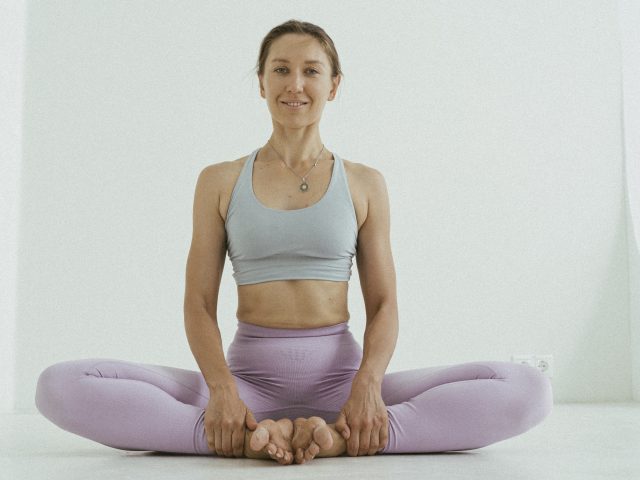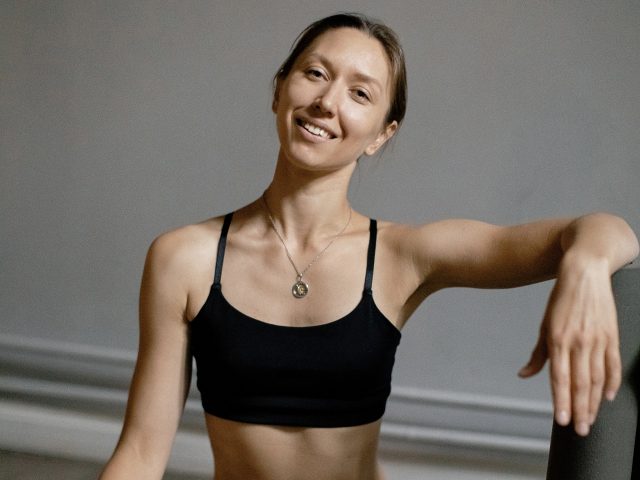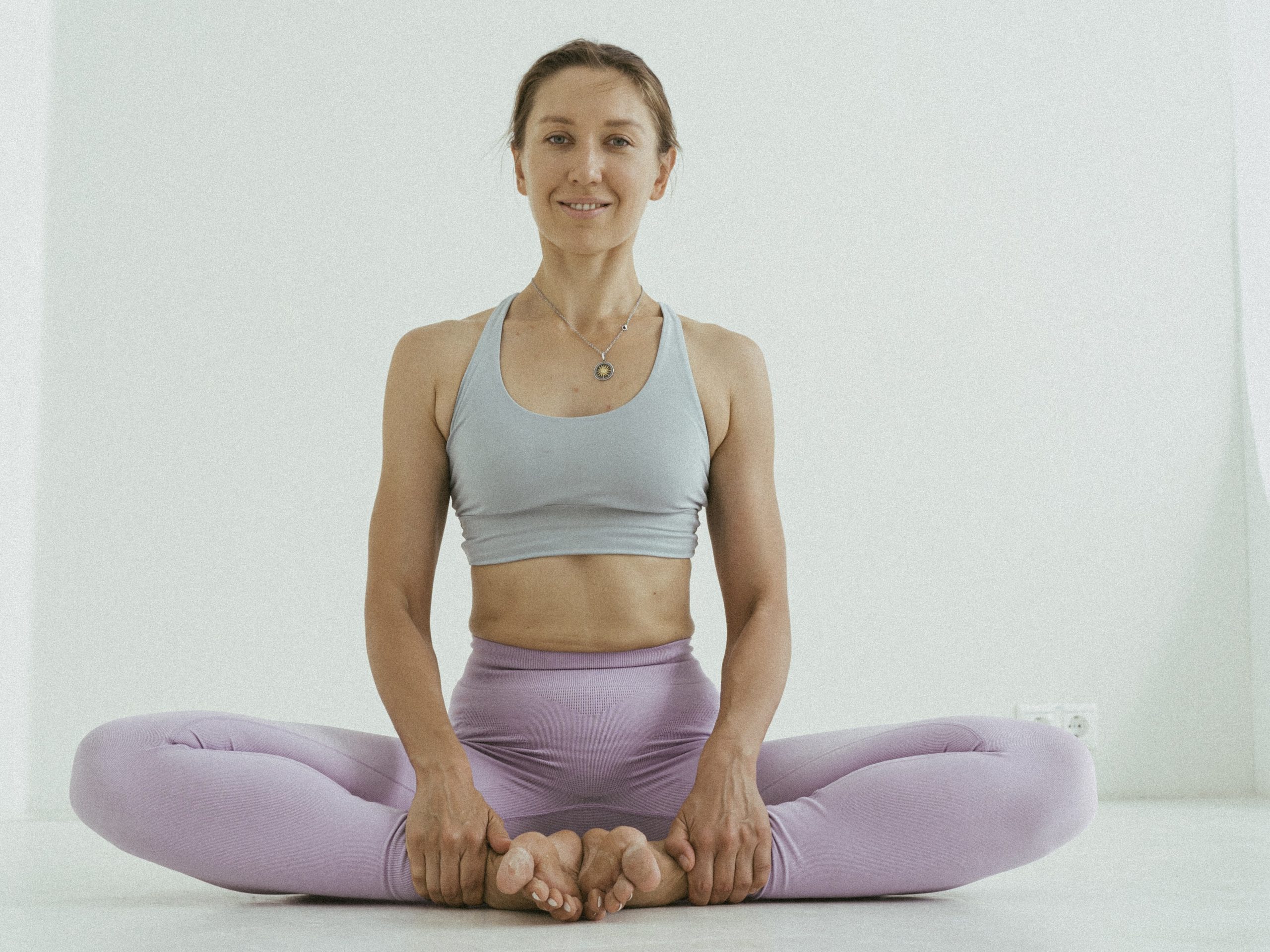Days, weeks and months follow each other and there seems to be no time for rest: work duties, domestic problems, family care, stress, getting up early … Stop. Exhale, slow down, and tune into a wave of relaxation. Certified universal yoga teacher Nadezhda Smokotina has prepared five calming breathing exercises under stress conditions. Applications can be made both at home and at work or on public transport. The main thing is to pay attention to how you breathe.

Technique 1. Basic relaxation and visualization of the horizon
Performing the exercise:
- Take a sitting position with your back straight. You can lean on the back of a chair or chair;
- Close your eyes and imagine a vast water or field in front of you. The main thing is that you see space and a distant horizon in front of you;
- Inhale through your nose, exhale through your mouth, focus on long and full exhalation. In the picture before your eyes there should be a feeling of exhalation going into the distance, towards the horizon, be sure to relax your face and lower jaw;
- Breathe for a comfortable time (from three minutes).
What should be considered?. The most important thing in anti-stress breathing is to take long exhalations. They activate the parasympathetic nervous system, which is responsible for relaxation. Breathing must be conscious. Try to focus on how you breathe for at least a few minutes. Then it will give you maximum benefit. Nadezhda advises her students to start with this exercise. It will already be enough to overcome the initial effects of mild stress.
Technique 2. Square breathing
Performing the exercise:
- take a comfortable position;
- Close your eyes or leave them open (optional);
- Inhale through your nose four times;
- Hold your breath four times;
- Exhale for four counts;
- Hold your breath four times before the next breath;
- Repeat this cycle for a comfortable time (from three minutes).
What should be considered?. Concentration is extremely important in this exercise. Try to focus on the number as much as possible – four counts four times in a loop.

Technique 3. Long exhalations over time
Performing the exercise:
- take a comfortable position;
- Close your eyes or leave them open (optional);
- Inhale through your nose, exhale through your mouth;
- After the next inhalation, exhale twice as long. On the next breathing cycle, inhale as usual and then extend the exhale again;
- Repeat this cycle for a comfortable time (from three minutes).
What should be paid attention to? The most important thing here is full concentration and a sense of rhythm. Try to keep your breathing natural without tension.
Technique 4. Visual
Performing the exercise:
- take a comfortable position;
- Close your eyes;
- Imagine being under a warm tropical rain or showering with comfortable temperature water. Breathe calmly;
- Continuing to breathe at a rhythm that feels comfortable to you, imagine how stress, heaviness, and all worries flow through your body along with the water;
- Try to concentrate on tactile sensations and breathing. Don’t worry if it doesn’t work right away. This is not an easy technique;
- Repeat the exercise for a comfortable time (from three minutes)
What should be paid attention to? You don’t need to pay too much attention to your painting by focusing on details and distracting from its essence. The main thing is to capture the general calm mood, synchronize the tactile and respiratory sensations.

Technique 5. Auditory
Performing the exercise:
- take a comfortable position;
- Close your eyes;
- Inhale as usual and say the sound “sss” or “shhhh” while exhaling. Visualize the rustling of leaves, the sound of the sea or any other pleasant nature sounds, depending on which sound you choose. Make sure the exhalation is as long as possible;
- Repeat the exercise for a comfortable time (from three minutes)
What should be paid attention to? It is best to do this exercise in silence or in front of white noise. If you do this regularly, you can significantly increase stress resistance. Over time, you will learn to deal with negative emotions much faster by focusing only on the sound.
Source: People Talk
Mary Crossley is an author at “The Fashion Vibes”. She is a seasoned journalist who is dedicated to delivering the latest news to her readers. With a keen sense of what’s important, Mary covers a wide range of topics, from politics to lifestyle and everything in between.





